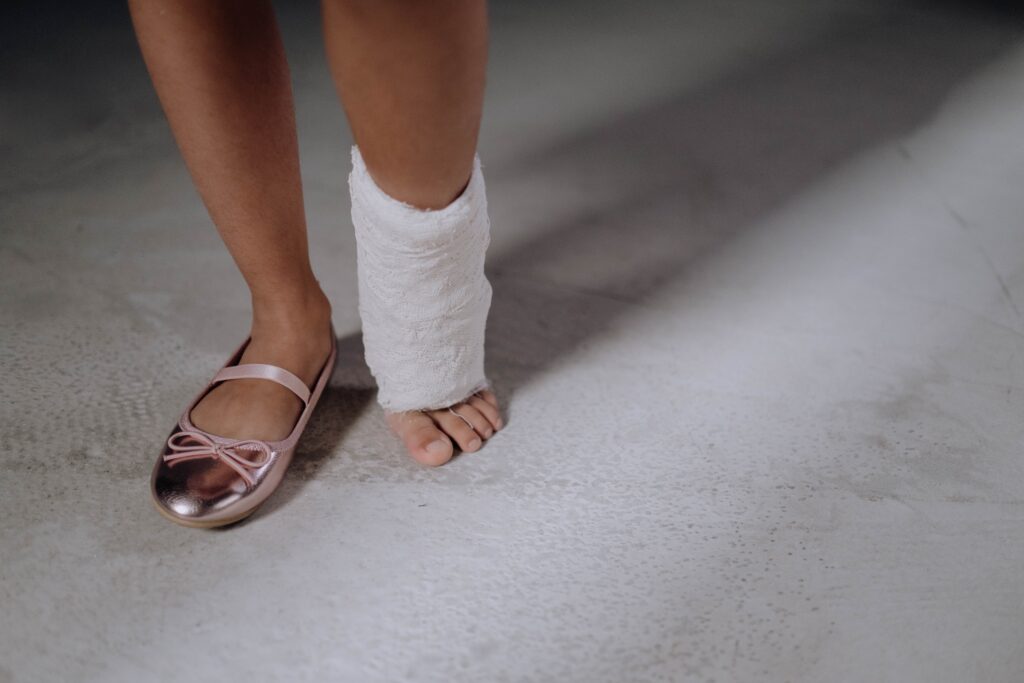Osteoporosis is a common disease that significantly increases mortality, lowers the quality of life, and increases the risk of further fractures after the first fracture. For these reasons, it is a significant social problem and a heavy burden on the health care system.
Osteoporosis, formerly known as bone thinning, is a disease characterized by progressive loss of bone mass, weakening of the spatial structure of bones, and, consequently, increased bone fragility and susceptibility to fractures. It is most common in postmenopausal women, but men are also at risk of having osteoporotic fractures. In Poland, over 2 million people over 50, i.e. every third woman and every fifth man, suffer from osteoporosis, mostly complicated by fractures.
There are 3 types of osteoporosis:
? Type 1 – Postmenopausal Osteoporosis – affects postmenopausal women.
? Type 2 – senile osteoporosis – affects the elderly, more often women than men,
? Type 3 – secondary osteoporosis – can be caused by other causes such as co-morbid medical conditions or medication

Symptoms
The onset of the disease is usually asymptomatic or the patient associates these symptoms with other diseases or with age. The most common symptoms are pain in the joints and / or the spine. At a later stage of the disease, low-energy fractures may occur, i.e. fractures disproportionate to the forces that caused them. It should be remembered that starting therapy at an early stage of the disease is most effective and allows you to avoid later complications. Patients suspected of having osteoporosis require thorough diagnostic tests. There are a number of methods enabling early detection of the disease, such as densitometry, i.e. bone mineral density testing (most often the femoral head), as well as biochemical tests of peripheral blood.
Risk factors for the development of osteoporosis
The basic factors contributing to the development of osteoporosis are:
? Low bone mineral density
? Advanced age
? Individual history of low-energy fractures
? Family history fractures (eg, of the hip) in a first degree relative
? Low body weight <58 kg
? Smoking tobacco
? Use of corticosteroids
Therapy
Unfortunately, in Poland, osteoporosis is a growing epidemiological problem, and the related fractures are the cause of chronic disability, complications, lower quality of life, and a significant increase in the risk of death. Despite this, as many as 80?90% of patients suffering from osteoporosis, including osteoporosis with fractures, are not treated.
Base treatments, especially in the early stages of the disease, is to suplement the deficiency of calcium. The therapy uses calcium and vitamin D in doses adjusted to the patient’s condition.
Moreover, bisphosphonates are used in the treatment of osteoporosis in Poland. These are drugs that prevent bone loss. Other drugs used in the treatment of osteoporosis are denosumab, romosumab and teriparatide.
In addition to pharmacological treatment and supplementation of calcium and vitamins, mainly vitamin D3, it is recommended to change the lifestyle by limiting smoking and alcohol consumption. Regular exercise, such as walking, jogging or aerobics, is also good for your health.
The condition for the success of the therapy is the correct, regular use of medications and recommendations regarding diet and exercise. Treatment is long-lasting and the effects only appear after several months or even years.
Prevention
According to the current recommendations for the prevention of osteoporosis, the first priority is an adequate supply of calcium and vitamin D in the daily diet. Currently, the value of the daily requirement for calcium is 1000 mg per day, but the average consumption of this element covers only about 60% of the demand.
Thus, it is necessary to increase the intake of calcium in the daily diet by increasing the proportion of dairy which is the best source of calcium. In addition, it is imperative to ensure optimal serum vitamin D levels. For this purpose, exposure to solar radiation is recommended (~ 20 min / day in Poland during the summer). In the autumn and winter period, when sunlight is insufficient, vitamin D supplementation is recommended. The beneficial effect is also increased physical exertion through regular exercise with an intensity adjusted to age and health condition.
Patients with suspected osteoporosis require thorough diagnostic tests and treatment tailored to their individual needs. In addition to the use of prescription drugs, the patient should supplement calcium with, for example, Calcineff or simultaneously calcium and vitamin D3 using Calcineff D3K2 containing calcium and vit
Author: Dr n. farm. Andrzej Tarasiuk




